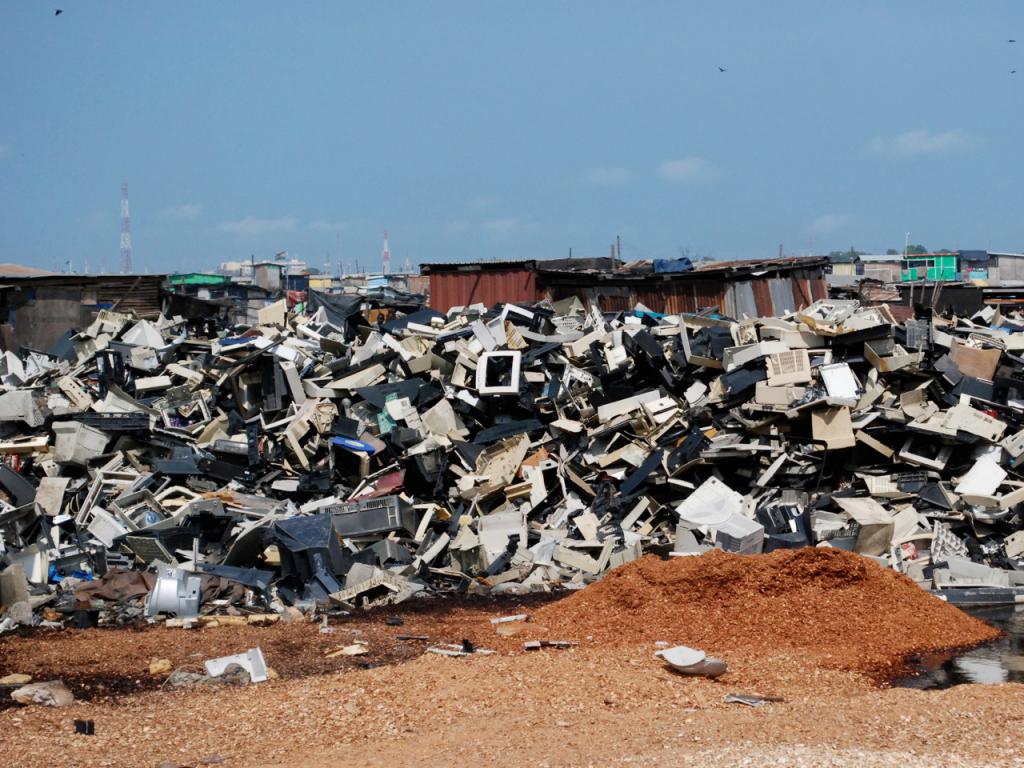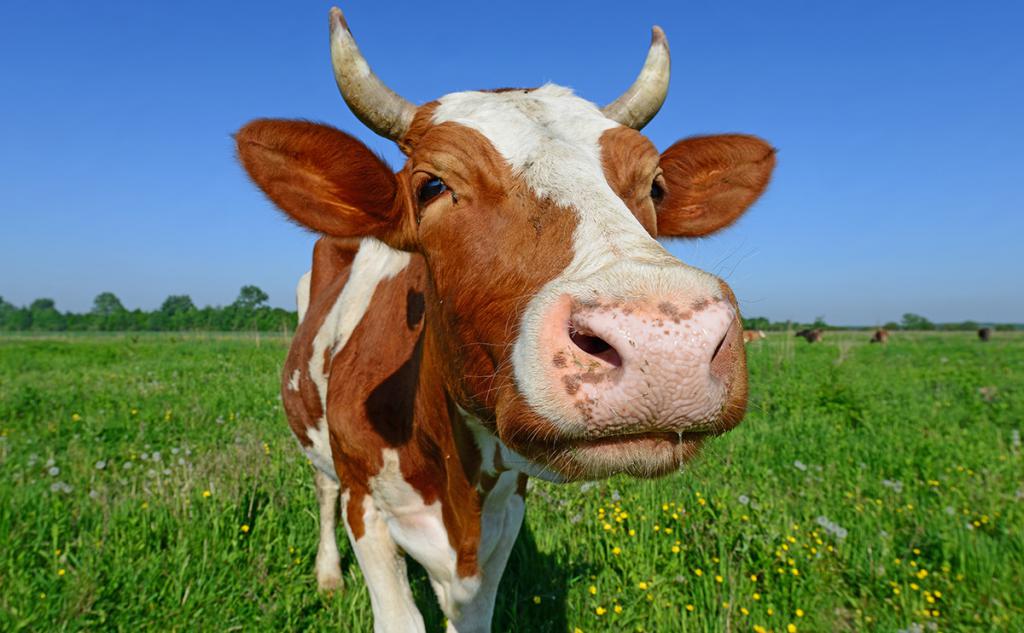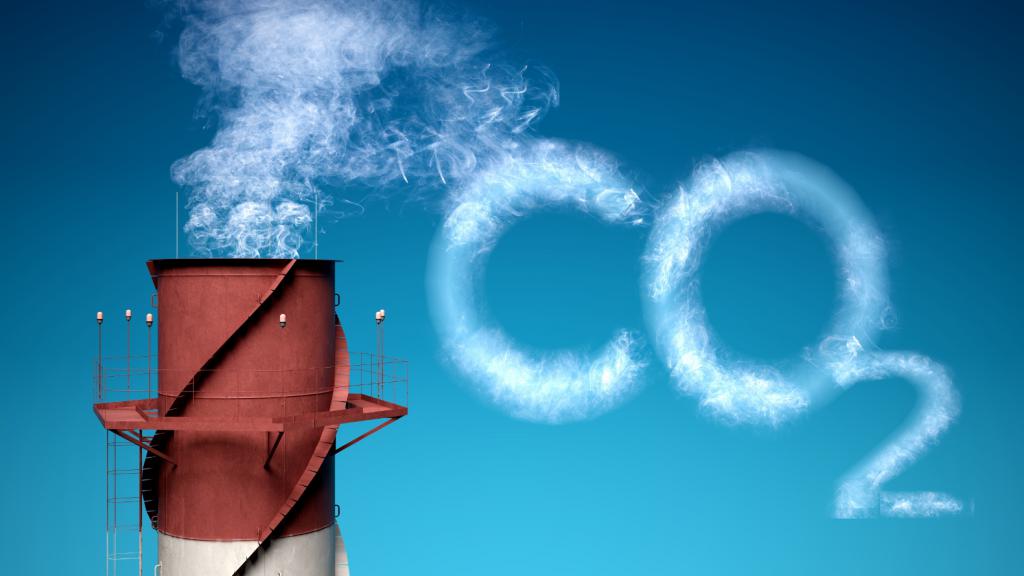About air polluting substances and their danger we hear regularly. Factories, factories, cars are now represented not only by achievements of progress, but also by terrible monsters that poison the air. However, there are much more pollutants in our lives and all of them are able to influence the state of the planet. What harmful substances enter the atmosphere? What causes their emissions? We will answer these questions in the article.
Air pollutants
Noise, radiation, various chemical elements surround us everywhere. In small quantities, they are present in water, air, soil and are an important component of them. However, when their concentration exceeds the norm, they become harmful and toxic to living organisms, that is, they turn into pollutants.
Air pollutants are most often found in cities, because it is in them in a relatively small area that a large number of people and industries are concentrated. But in deserted remote regions, they are also present. The thing is that pollutants are man-made and natural. And if the former are the result of human activity, then the latter are completely natural.
Anthropogenic pollutants are the most dangerous for the environment and our health. There are much more of them, and the doses emitted into the atmosphere are much higher. Natural sources of pollution are volcanoes, dust storms, forest fires. They can also harm nature, but their scale is usually so significant for the planet, and the consequences, as a rule, are quickly eliminated due to natural phenomena.

Types of Pollutants
Substances that pollute the atmospheric layers are combined into various groups, depending on their properties. According to the scale of influence on the planet, they are all divided into local, regional and global. According to the state of aggregation, they are liquid, gaseous, and solid. One of the main classifications divides them by origin into:
- Physical.
- Chemical.
- Biological.
The first type of pollutants is created by physical fields and is noise, electromagnetic or radioactive radiation. It includes heat emissions, radio waves, isotopes, as well as various solid particles.
Chemical pollutants are gases and aerosols. Among them, the most common are heavy metals, ammonia, sulfur dioxide, nitrogen oxides, aldehydes, phenol, benzene, carbon compounds. Among them, alcohols and ethers are volatile solvents with high toxicity.
Hazardous biological substances are numerous microorganisms. These are spores of fungi, all kinds of pathogenic viruses and bacteria, waste products of living organisms.

Harm to industrial enterprises
Currently, the greatest environmental damage is caused by industry. This is especially true for developing countries, where equipment at production facilities has not been updated for decades, and pollutant emissions often occur in large doses.
The most harmful to the atmosphere are thermal power plants, refineries, engineering, non-ferrous and ferrous metals, and chemical enterprises.
The work of many thermal plants is based on the combustion of coal, which is why sulfur and nitrogen oxides appear in the air. They do not just accumulate in our atmosphere, but react with its water vapor, dropping the earth with rains of nitrous and sulfuric acids.
The pollutants of metal processing plants are manganese, cobalt, lead, mercury, resin, sulfur oxide and dioxide, various phenols, hydrocarbons, soot, dispersed dust, benzene.

The effect of transport on the atmosphere
Significant emissions of pollutants into the atmosphere come from automobiles. When fuel is burned in the engine, gases are formed that contain a huge amount of toxic elements. Cars supply the atmosphere with lead, nitrogen, carbon monoxide and carbon dioxide, hydrocarbons, aldehydes, benzopyrene and sulfur compounds.
At the same time, approximately 80% of emissions are from trucks and cars. Pollution from sea, air and rail transport is less than 5%, and from tractors, combines and other agricultural machinery - only 2-3%.

In addition to exhaust gases, the harmful effects of transport appear in the form of noise. The natural noise background has a calming and even healing effect on a person, but the buzz generated by cars and trains works the opposite. It excites the nervous system, leads to increased irritability and reduces the productivity of many systems in the body. So, loud noise reduces heart function, muscle tone and secretion, leads to mental illness and fatigue.
The noise level that a person is able to withstand for a long time without any health consequences ranges from 40 to 55 decibels. Different-sized cars operate with loudness from 55 to 80 dB, a motorcycle - 90 dB, a take-off aircraft reaches 140-150 dB, a car horn - 120 dB.
Heavy metals
Common pollutants are heavy metals. These include: mercury, tin, silver, arsenic, aluminum, lead, copper, cadmium, nickel, chromium, manganese, zinc, iron. In the form of oxides, carbonates, hydrates, they are contained in the atmosphere, and also settle on various surfaces. Heavy metals are difficult to remove from the body, and accumulating in it, cause serious illness.
From the burning of garbage and fossil fuels in the air there is an excess of cadmium. Mercury enters the atmosphere from chemical and electrochemical enterprises, as well as from fluorescent lamps.
One of the most common pollutants is lead. Its excess is formed during the operation of acid batteries and the use of leaded gasoline in automobile engines. Lead is toxic in any state, but it is actively used for the production of paints, white paint, porcelain coatings, from where it also enters the atmosphere in small quantities.

Hydrocarbons
Hydrocarbons are compounds of hydrogen and carbon atoms. These pollutants enter the air in the form of vapors and microscopic droplets. They are formed during oil refining, the operation of vehicles. In addition, hydrocarbons are part of solvents, resins, plastic, various heaters, mastics, construction adhesives.
Substances cause disorders of the nervous system, leading to irritability, dizziness, neurosis, weakness and noise in the head. Hydrocarbons are anthracene, phenanthrene, benzene, toluene, hexane. They also include methane - a gas that is harmless in small doses to humans, but harmful to the planet, as it leads to a greenhouse effect. In large quantities, it is released in landfills, during the development of natural gas and coal, as well as in the life of cows.

Ammonia
Colorless gas ammonia is toxic to humans. It has a sharp unpleasant odor and is audible even at a low concentration (0.0005 mg / L) in the air. At a concentration of 0.05 mg / l, it causes irritation of the mucous membranes, and at a higher content it leads to burns and damage to the upper respiratory tract.
Ammonia is released during the decomposition of nitrogen-containing organic compounds.Its main source is nitrogen fertilizer plants, coke plants, plants for the production of ammonium salts and nitric acid. In large quantities, gas is produced on livestock farms where manure is used, as well as on agricultural farms using pesticides and herbicides based on nitrogen compounds.
Carbon monoxide
Another name for carbon monoxide is carbon monoxide. It has no color and odor and is several times lighter than air. Its normal content in the air is 0.01-0.9 mg / m3. There are quite a few natural sources of carbon monoxide. It is formed in swamps, on the surface of the oceans, produced by people, animals and plants. Appears during volcanic eruptions and fires.
Anthropogenic sources of the pollutant are metallurgical plants, the oil refining and chemical industries, vehicles and coal mines. Gas is also formed from the combustion of tobacco. Thanks to man every year 350-600x10 enters the atmosphere6 carbon monoxide.

Smog
Not always do we notice how polluted the space around us. Our eye can catch the transparency and purity of the air only in comparison, so we can not notice its slight turbidity.
When there are too many pollutants, a thick gray fog appears in the lower layers of the atmosphere - smog. It usually contains high concentrations of sulfur dioxide, nitrogen oxides, volatile vapors of gasoline and solvents, surface ozone, nitrate peroxide and other substances.
As a rule, smog is formed in large industrial cities with an increased population density. Poisonous fog is not uncommon for London, Moscow, Los Angeles, Mexico City, Hong Kong, Athens. Beijing (China), Santiago (Chile), Mexico City (Mexico), Ulaanbaatar (Mongolia), Cairo (Egypt) can "boast" the dirtiest air in the world. The head of this list is usually Indian New Delhi.
